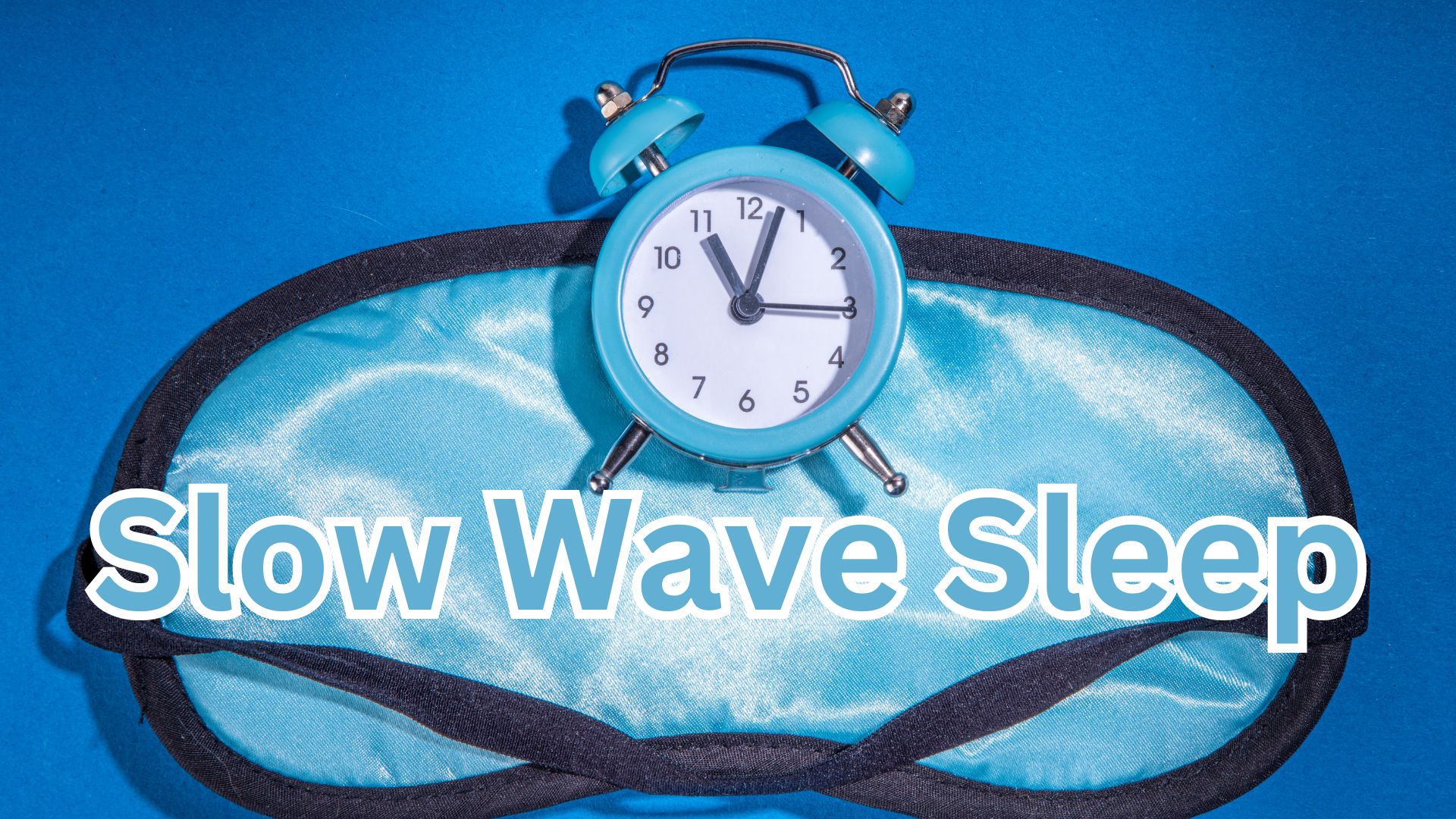Sleep is an important part of your daily routine—about one-third of your time. Sleep is important to several brain functions, including how nerve cells (neurons) communicate. In fact, your brain and body stay remarkably active while you sleep. Recent findings suggest that sleep plays a housekeeping role that removes toxins in your brain that build up while you are awake.
Sleep affects almost every type of tissue and system in the body – from the brain, heart, and lungs to metabolism, immune function, mood, and disease resistance. Research shows that a chronic lack of sleep, or getting poor quality sleep, increases the risk of disorders including high blood pressure, cardiovascular disease, diabetes, depression, and obesity.
Sleep Stages
There are two basic types of sleep: rapid eye movement (REM) sleep and non-REM (NREM) sleep (which has three different stages). Each is linked to specific brain waves and neuronal activity. You cycle through all stages of non-REM and REM sleep several times during a typical night, with increasingly longer, deeper REM periods occurring toward morning.
- Stage 1 non-REM sleep is the changeover from wakefulness to sleep. During this short period (lasting several minutes) of relatively light sleep, your heartbeat, breathing, and eye movements slow, and your muscles relax with occasional twitches. Your brain waves begin to slow from their daytime wakefulness patterns.
- Stage 2 non-REM sleep is a period of light sleep before you enter deeper sleep. Your heartbeat and breathing slow, and muscles relax even further. Your body temperature drops, and eye movements stop. Brain wave activity slows but is marked by brief bursts of electrical activity. You spend more of your repeated sleep cycles in stage 2 sleep than in other sleep stages.
- Stage 3 non-REM sleep, also called Slow-Wave Sleep is the period of deep sleep that you need to feel refreshed in the morning. It occurs in longer periods during the first half of the night. Your heartbeat and breathing slow to their lowest levels during sleep. Your muscles are relaxed, and it may be difficult to awaken you. Brain waves become even slower.
- REM sleep first occurs about 90-minutes after falling asleep. Your eyes move rapidly from side to side behind closed eyelids. Mixed frequency brain wave activity becomes closer to that seen in wakefulness. Your breathing becomes faster and irregular, and your heart rate and blood pressure increase to near waking levels. Most of your dreaming occurs during REM sleep, although some can also occur in non-REM sleep. Your arm and leg muscles become temporarily paralyzed, which prevents you from acting out your dreams. As you age, you sleep less of your time in REM sleep. Memory consolidation most likely requires both non-REM and REM sleep.
In the scientific study of Cognitive decline with age, subjects in the Framingham Heart studies took part in overnight sleep studies years apart. The research made connections between the amount of Slow-Wave Sleep and the advent of cognitive decline and dementia.
It’s during this SWS phase that the brain engages in crucial restorative processes, including the glymphatic clearance of proteins like beta-amyloid, which are implicated in Alzheimer’s disease. The findings of the recent study underscore the significance of SWS not just as a restorative process but as a protective factor against cognitive decline. A clear trend was revealed: a decrease in the percentage of slow-wave sleep correlated with an increased risk of developing dementia.
This finding was particularly pronounced in individuals carrying the APOE ε4 allele, a known genetic risk factor for Alzheimer’s disease.
By focusing on strategies to enhance deep SW sleep, science may unlock new ways to protect cognitive health and combat the growing challenge of dementia in our aging populations.
There are several known ways to enhance higher-quality sleep:
- Lifestyle Modifications
- Consistent Sleep Schedule: Maintaining a regular sleep pattern helps regulate the body’s internal clock, potentially increasing the quality of SWS.
- Sleep Environment Optimization: A quiet, dark, and cool bedroom can promote deeper sleep stages.
- Diet and Exercise: Regular physical activity and a balanced diet can improve overall sleep quality.
Emerging Therapies:
- Cognitive-Behavioral Therapy for Insomnia (CBT-I): This therapy can effectively treat insomnia, potentially enhancing SWS.
- Sound Stimulation: Recent research suggests that certain sound patterns played during sleep may enhance deep sleep phases. Ambient, calm and slow, instrumental sound taken from the album “Sleep” by Max Richter exhibited significant reductions in N2 sleep and a trend towards increased slow-wave sleep that were recorded across a whole night.
As we age, we often have sleep difficulties. It is at this time of life that the amount and quality of our sleep are of paramount importance. If you are having problems sleeping, discuss the standard and emerging therapies with your doctor.

